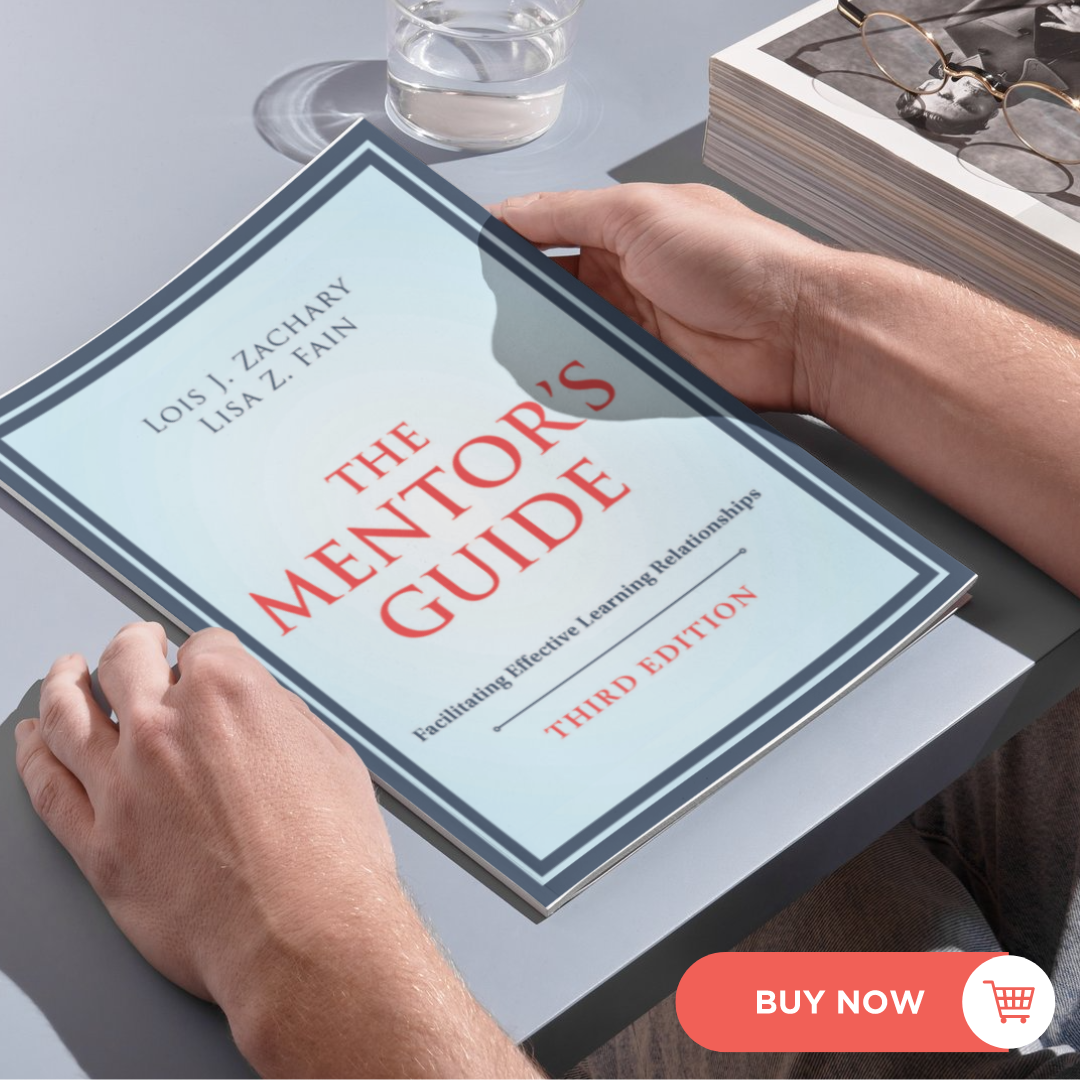When it comes to the dynamics of mentoring relationships between men and women old stereotypes hold fast: women are generally more internally focused and put a priority on building relationships, valuing care, concern, and connection. Men tend to focus externally first, on tasks and results. The new model reflects a shifting paradigm that is collaborative and egalitarian.
In a mentoring relationship, difference is always at play in both subtle and overt ways. Even when we mentor people who are “like us”—same culture, generation, gender, race, orientation, or anything else—they are still their own person, the sum total of much difference. We need to be curious about difference and understand it better to be effective mentors.
For Harry, it was his very first time mentoring a woman, and he was uncomfortable. First of all, he found Aimee’s good looks distracting. Second, he was used to getting to know people (that is, men) over drinks in a bar, on the golf course, or at football game. There was plenty to talk about the team’s going to the play offs, the toughest of the course, or the quality of the scotch. His tough-talking style and snarky sense of humor had always helped him be successful with clients. With Aimee, however, none of these settings were going to work and none of his usual topics applied. He felt like he was walking on eggshells.
As Harry got to know Aimee, he discovered that he was becoming not only more gender-sensitive but also more compassionate. It made him think hard about other relationships in his life and at work that he had taken for granted, and realized that he could be more sensitive to what others brought to those relationships. For her part, Aimee found that having a male mentor was just what she needed to get ahead. It toughened her up and gave her language she could use to relate to other men at work.
What You Can Do
1. Check out your assumptions
2. Keep communication open and honest
3. Stay in conversation
4. See difference as a learning opportunity!


